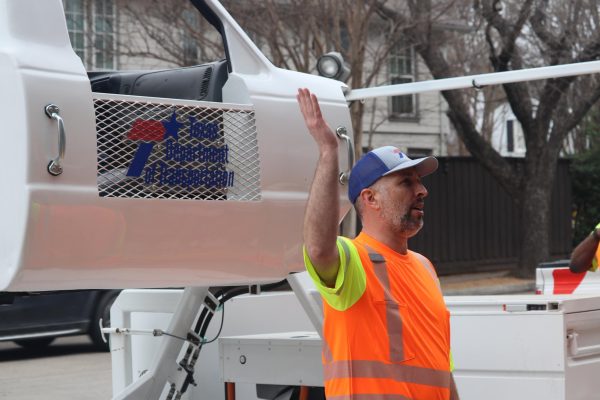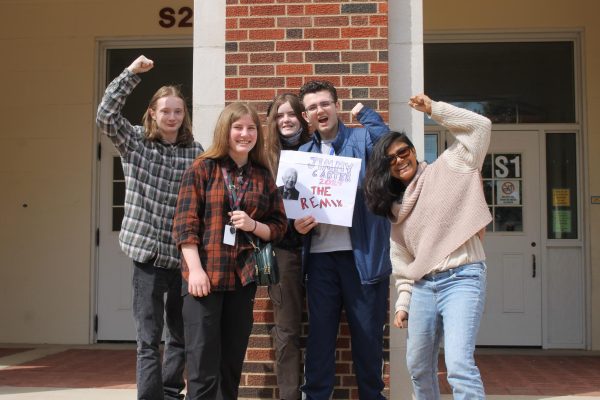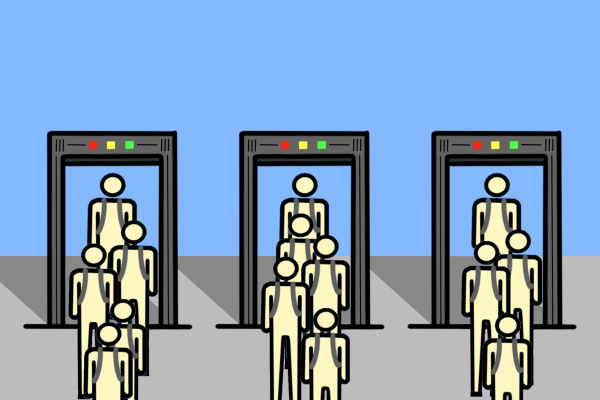Nuclear Bombs
As North Korea tests nuclear bombs that could potentially cause the same destruction as the bomb that the U.S. dropped on Hiroshima, tension is clearly rising between the U.S. and North Korea, similar to that of the Cold War. Although the world has advanced greatly in technology since the Cold War, the United States Military still has not perfected shooting down missiles.
There are four main ways that these bombs can be delivered: missiles (ballistic and cruise), submarines, bombers (a plane that drops a bomb over the destined place of impact) and artillery. There are two types of missiles: ballistic and cruise. Ballistic missiles, missiles that are launched up into the atmosphere and harness gravity to make a heavy impact, can travel 15,000 MPH. As opposed to ballistic missiles, cruise missiles fly over the land, closer to the ground than ballistic missiles. If a ballistic missile was used, the U.S. could hit Russia, for example, or vice versa in 30 minutes.
Both Russia and the U.S. have done tests to stop the bomb from reaching its premeditated target. The first strategy is to shoot the missile with another missile. Unfortunately, it’s like hitting a bullet with another bullet: almost impossible. Both countries have also tested directed energy weapons, or lasers, but this strategy has never been used in a real-life situation.
Currently, there are nine countries that have nuclear weapons. The countries under the Nuclear Non-Proliferation Treaty, or treaty that prevents the spread of nuclear weapons, are the U.S., Russia, China, Great Britain and France. However, Israel, Pakistan, India and North Korea have not joined the treaty. There are an estimated 15,000 nuclear weapons in existence today, mostly held by the U.S. followed by Russia. There are considerably less weapons than there were during the Cold War; during the Cold War there were about 70,000 nuclear weapons in existence.
1 megaton of a hydrogen bomb is enough to devastate 40 square miles, enough to wipe out a city. The largest bomb to ever exist was the Tzar Bomba, a bomb exploded by the Soviet Union in 1961. This bomb was 50 megatons, more than 3,000 times the power of the bomb dropped on Hiroshima.
Could there possibly be a nuclear war with North Korea? The answer is not likely. As reported by the Washington Post, North Korea has consistently said that they will fight back if the United States attacks them. In the meantime, the United States is safe for now.












